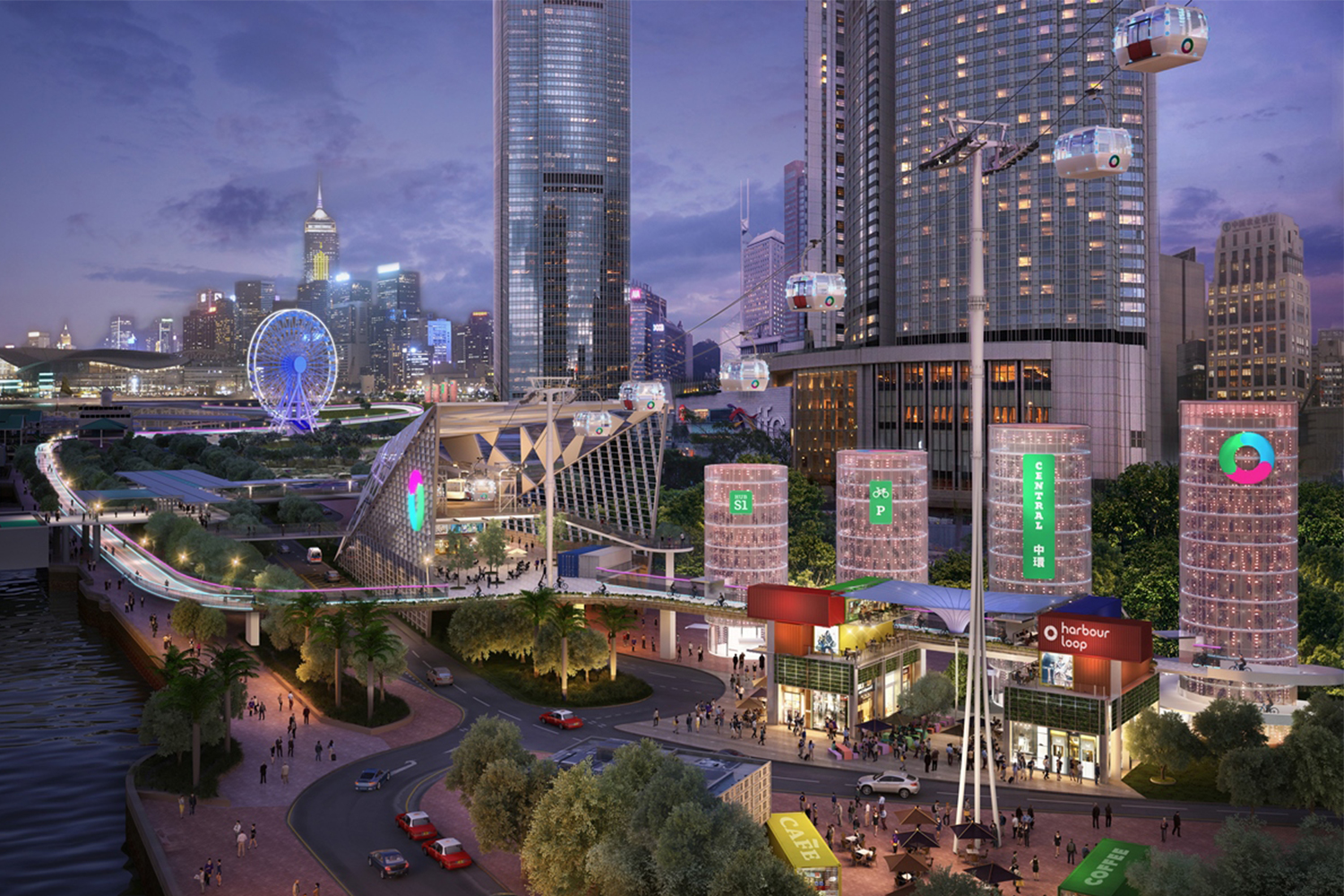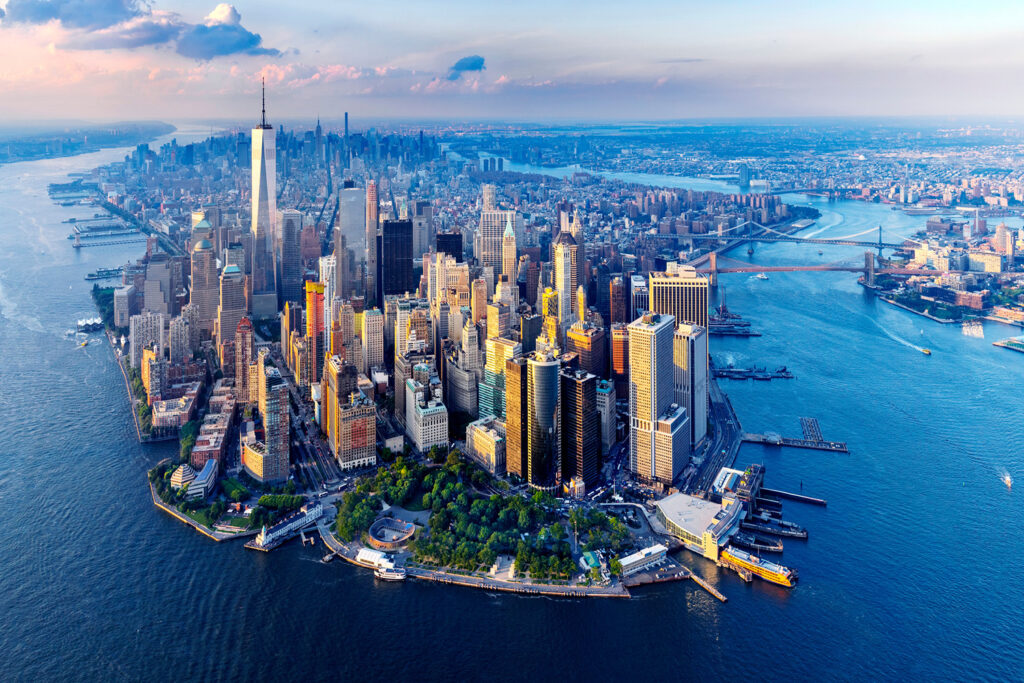Buro Happold joins Lead 8 to make the HarbourLoop vision truly viable
Multidisciplinary architecture and design studio Lead 8 and international, integrated engineering consultancy Buro Happold have recently partnered to take the HarbourLoop – a vision to transform the Hong Kong waterfront into an iconic 23 kilometre urban pedestrian network, to the next phase.
HarbourLoop will be Hong Kong’s first mobility network prioritising zero emission modes of transit, connecting Hong Kong to Kowloon in a continuous loop. The route exploits the legacy of the city’s world famous Victoria Harbour.Buro Happold will provide resources to study the feasibility of different infrastructure interventions along the route. This will include a cable car transporting users from Central to a new deck overlooking West Kowloon Cultural District in a dramatic 1.5 kilometre journey more than 60 metres above the harbour; and a multimodal pedestrian bridge, with a span of 500 metres, linking the Museum of Coastal Defence and the Shau Kei Wan waterfront with the village of Lei Yu Mun.

Ian Ralph, Senior Planner/Urban Designer at Lead 8 says, “As the team involved in the Highline in New York, Buro Happold brings to bear vast experience and will help make the HarbourLoop’s infrastructure interventions viable for Hong Kong. Together, we believe that there is a pressing need to invest in more people-focused multimodal networks to connect Hong Kong, and promote a healthy and active means of moving around and spending leisure time.”
The Highline in New York transformed a disused elevated railway line into a linear Park in the Sky, which is now one of New York’s most popular destinations for residents and tourists alike. Costing US$115 million, the High Line has created an estimated US$2.2 billion in new economic activity along the route and helped rejuvenate the west side of Manhattan. It also created an estimated 12,000 new jobs and now attracts some 5 million visitors a year.
Buro Happold also provided engineering services on the Emirates Flyer a cable car in London linking Greenwich Peninsula and the Royal Victoria Docks.
Peter Dampier, Director at Buro Happold Hong Kong says, “Having arrived from London to Hong Kong some 20 months ago and benefited daily from the ease of mobility of a world leading integrated public transportation system, I am surprised that the harbour – the third largest in the world, has been overlooked for the pivotal role it should and could play in the life of residents and tourists alike. Buro Happold is delighted to work with Lead 8 on progressing the HarbourLoop concept further and promoting a joined-up approach for the benefit of Hong Kong”.
Hong Kong is one of the world’s most densely populated cities, with an overall density of some 6,300 people per square kilometre, yet the waterfront remains largely underutilised.
On top of becoming an exciting attraction for tourists, over 1.7 million of the city’s residents will be able to reach HarbourLoop within a 10 minute walk. The seamless route, and generous 6 metre width will accommodate those commuting under their own steam as well as for leisure, turning the fragmented harbour into a real and accessible asset.
Hong Kong is the one of the best places in the world for people to travel around, according to an Urban Mobility Index report last year, but falls behind in walking and cycle paths and air quality.
These factors feed into world liveability rankings. Hong Kong plunged 16 places from 17th to rank 33rd in the world in 2015, according to ECA International’s Global Liveability Index. The HarbourLoop proposal aims to not only support zero emission modes of transit, but make it more comfortable, accessible and convenient to be healthy and active in Hong Kong.
HarbourLoop offers development opportunities for businesses, particularly where the route intersects with offices and existing residential and leisure districts. Associated benefits include the regeneration of underutilised sites next to highways and activating proposed waterfront initiatives; creating new ‘hubs’ integrating facilities with community meeting places, shops and much-needed waterfront restaurants and cafes.
With the first workshop in March, the HarbourLoop study team will continue to further develop the vision for Hong Kong, and reveal the next phase in the coming months.





